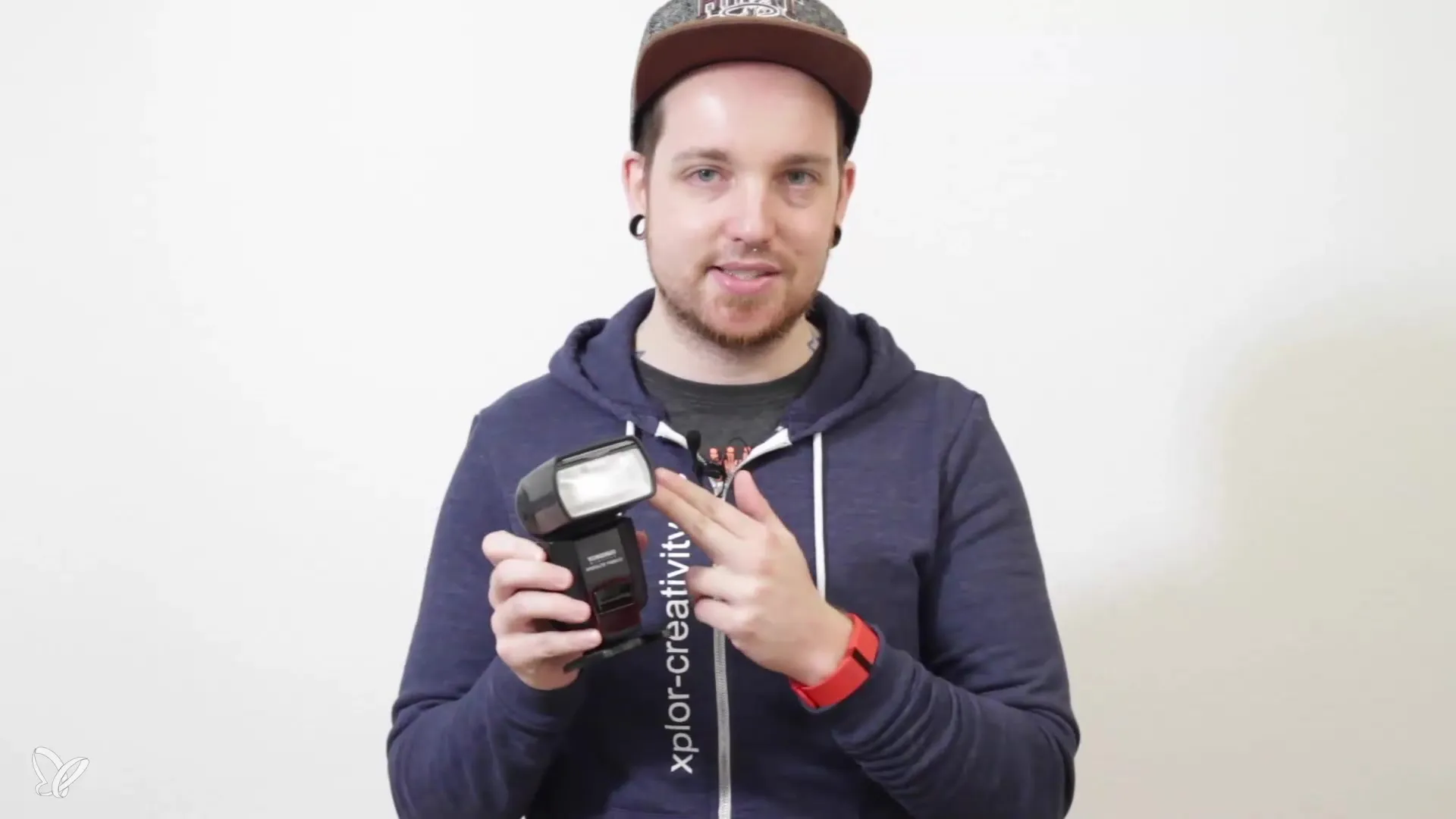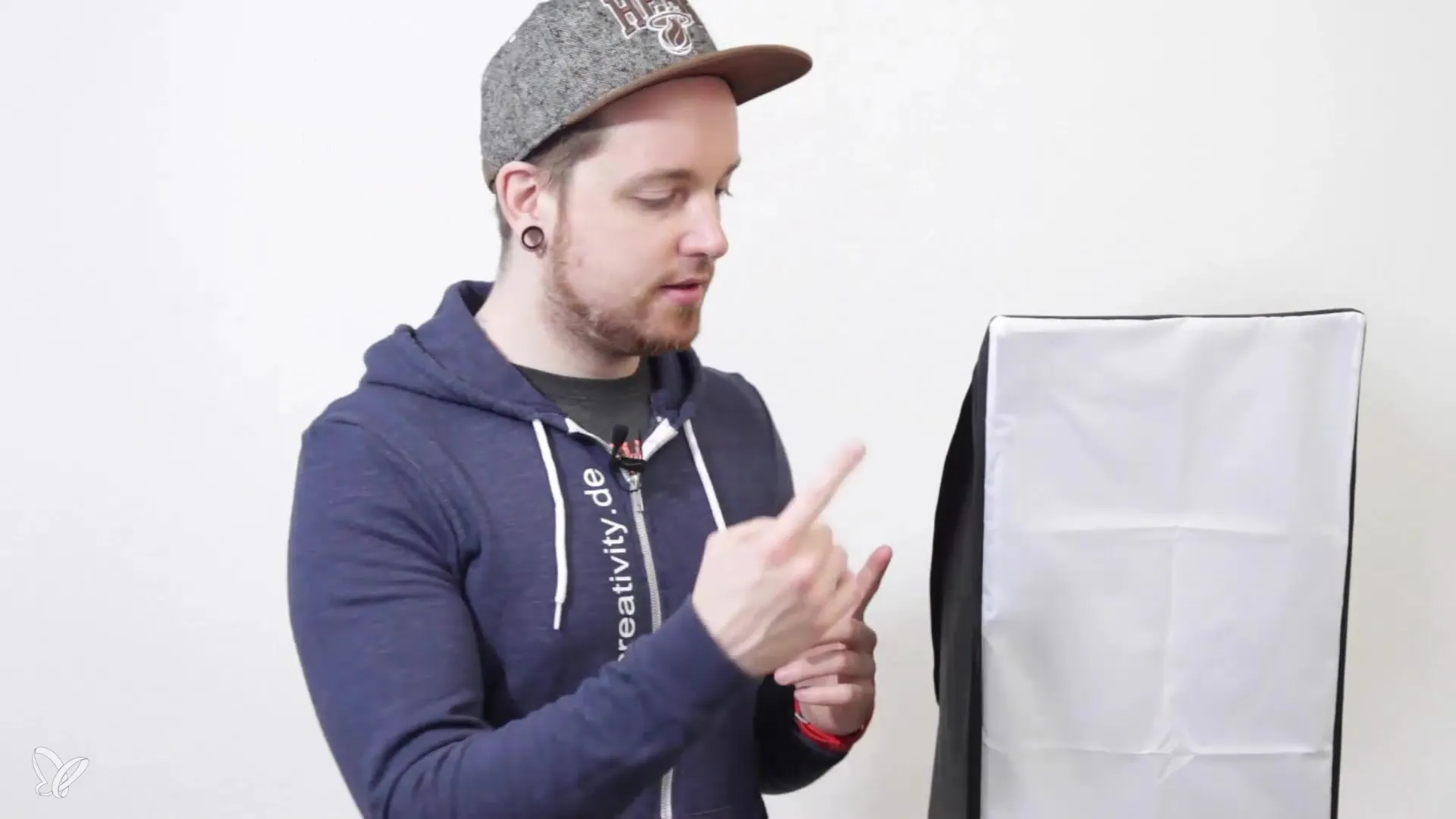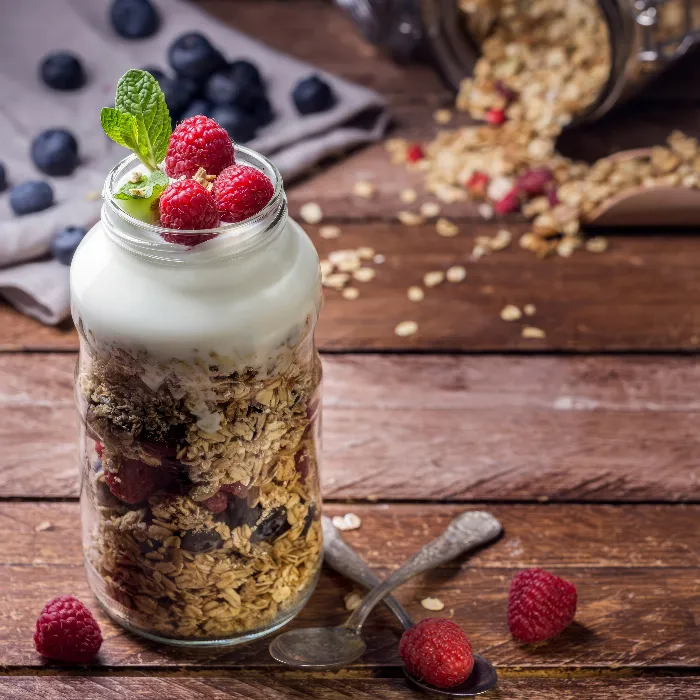In the field of food photography, you have a variety of options available to showcase your dishes in the best light. In this tutorial, we focus on the use of flash to create effective and appealing images. I will show you the basic equipment you need to enhance your shots and provide you with valuable tips on how to make the most of the available gear.
Key insights
- Camera stability is important for achieving a sharp image.
- Using remote triggers or self-timers improves image quality.
- Good flash units are not expensive and can be used for various purposes.
- For soft light, light modifiers are essential, and they don’t have to be expensive.
Step-by-Step Guide
1. The right camera setup
To achieve optimal results, working with a tripod is recommended. Even though the flash freezes the image very well and you could theoretically hold the camera in your hand, it is practically easier when the camera is securely mounted on a tripod. This way, you can influence the composition through the live view.
2. Using a remote trigger
Use a remote trigger to avoid touching the camera directly when taking the shot. Remember that any shake can affect the sharpness of the image. If you don’t have a remote trigger, you can activate your camera’s self-timer function. Typically, you can choose between 2 and 10 seconds, with 2 seconds being completely sufficient to avoid blur.
3. Choosing flash units
For flash photography, I don’t use an expensive studio flash system. There are affordable hot-shoe flashes like the Yongnuo 560 III, which are powerful enough to deliver excellent results. These flashes cost between 50 and 60 euros, and you can really benefit from them without having to spend a lot of money.
4. Properly positioning the flashes
You should always remember that using light modifiers is crucial. A bare flash produces harsh light, which is often not ideal. To get a softer light, various light modifiers like umbrellas or softboxes are necessary. I recommend working with diffuser umbrellas as they are relatively inexpensive and easy to transport.

5. Cost-effectiveness
A good starting point is diffuser umbrellas, which you can get for as little as 10 euros. To use them, you also need a flash holder, which is not expensive either. For the overall concept, this is a cost-effective and efficient way to produce soft light.
6. Using softboxes
For advanced shots, I recommend a strip light softbox, which works very well for food photography, especially when it comes to glass products. This softbox measures 120 cm in height and 30 cm in width, allowing you to effectively control the light. This softbox is also available for relatively little money and offers you many advantages over traditional softboxes.

7. Using reflectors
Another important point in food photography is reflectors. These help direct light onto parts of your subject that may be in shadow. I will show you how to use reflectors strategically to leverage the light to your advantage, especially when we take the shot of the cereal jar.
8. Finding inspiration
Before you start photographing, it’s helpful to seek inspiration. Visit Pinterest and search for images of cereals to see how other photographers have staged their shots. This will help you plan your own composition and develop creative ideas.
Summary – Food Photography with Flash – Your Step-by-Step Guide for Great Pictures
In this guide, I have shown you the basic steps for flash photography in food photography. You have learned what equipment is necessary and how to use it effectively to elevate your photography to the next level.
Frequently Asked Questions
How much does the basic equipment for flash photography cost?The basic equipment costs around 200 euros for flashes, radio triggers, and accessories.
What accessories do I need for using flash light?A tripod, remote trigger, and light modifiers like softboxes or umbrellas are necessary.
Can I achieve good results with a basic flash?Yes, a simple hot-shoe flash can already deliver excellent results.
How do I protect image quality during the shoot?Use a tripod and a remote trigger or the self-timer function of your camera.
Is an expensive softbox necessary?No, there are affordable alternatives like diffuser umbrellas that also produce good results.


